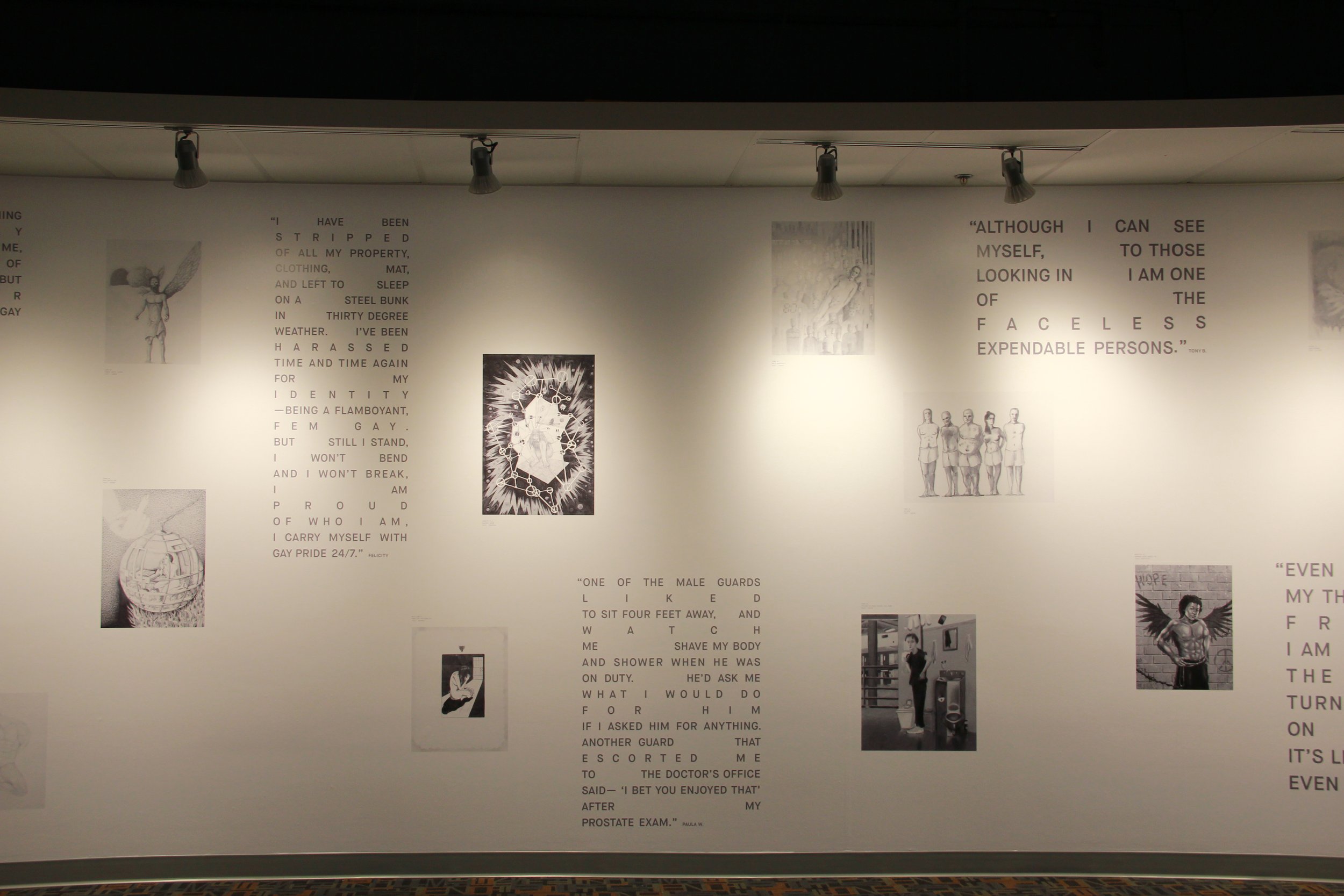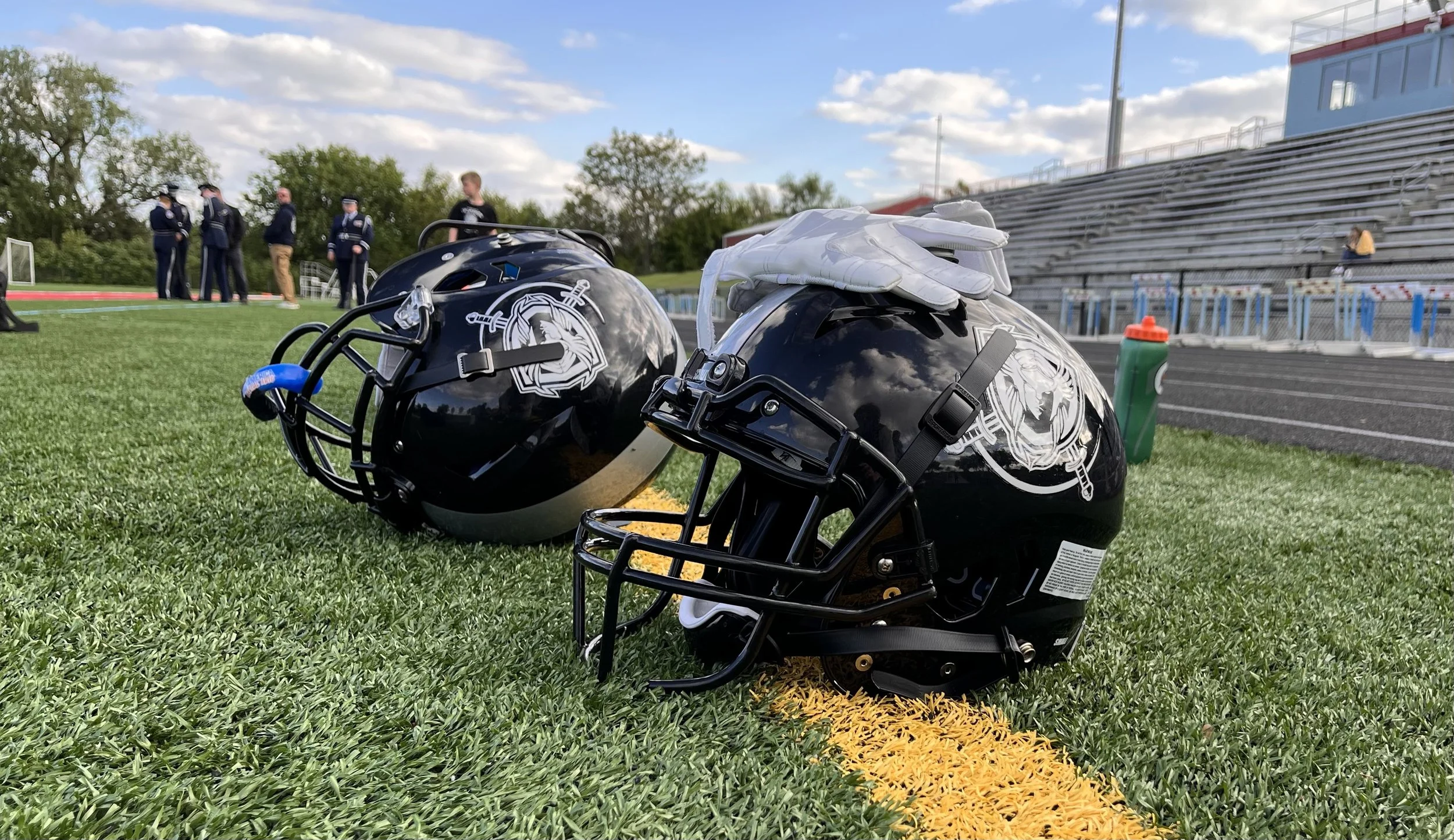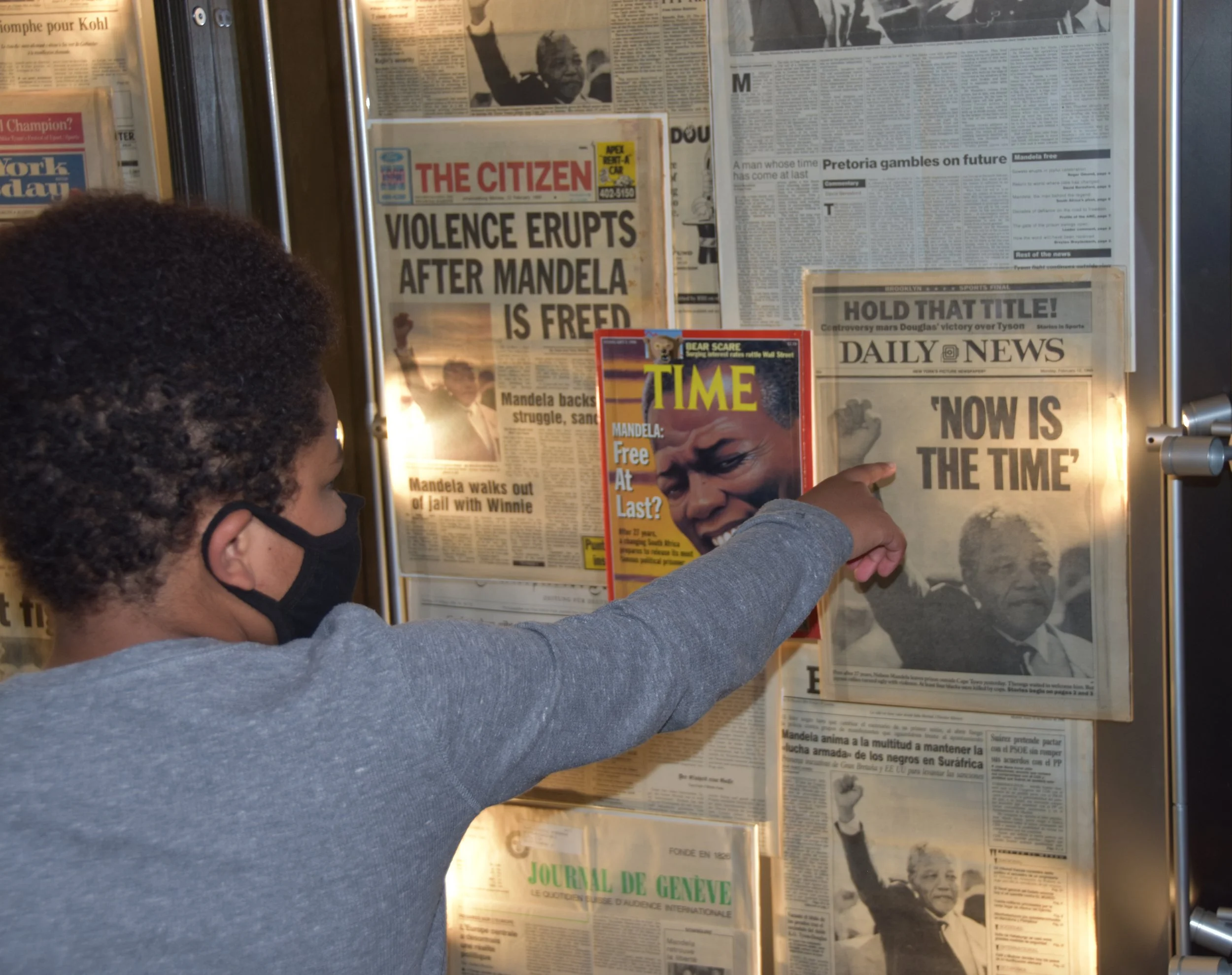UNO Criss Library Features Works by Incarcerated LGBTQ+ Artists Through July 31
Photo courtesy of UNO Libraries.
By Jonathan Orozco
When Tatiana von Furstenberg, the curator of “On The Inside: A Group Show of Currently Incarcerated LGBTQ+ Artists,” started to work on the exhibition, she had no big master plan. Through a call for art in Black & Pink’s monthly newsletter, von Furstenberg interacted with hundreds of artists in prisons, collecting a total of almost 4,000 artworks. The drawings on view are meant to promote solidarity against the prison-industrial-complex.
The University of Nebraska Omaha Criss Library is the fourth stop of “On The Inside,” originally shown at Abrons Art Center in New York in 2016, then at Craft Contemporary in Los Angeles in 2019. These two art centers displayed a selection of up to 300 of the drawings, though none of the real drawings hang within the library’s walls. Instead, a wallpaper especially made for UNO presents some drawings and quotes taken from letters written by the incarcerated.
One quote says, “Even though my thoughts are of freedom I am never free. The world has turned their back on me. It’s like I’m not even here.”
On one of the gallery’s two white walls are covered in blown up portraits of figures looking in mirrors, in intimate moments of romance, and people spliced in two genders. The other wall is scattered with multiple works and quotes on a blank white wall.
“These artists who are locked away – feel forgotten, and are invisible to society. They have a deep need to be seen. Through their art, they boldly reclaim their identity. They proclaim their existence. They announce their humanity.”
At a glance, viewers get a sense of the limited means an artist inside a prison has to create work.
“The portraits are drawn in pencil or using the soft ink-tube of a Bic-pen (the hard shell deemed too dangerous),” writes von Furstenberg in her exhibition statement. “As the materials relate to the overarching theme of protest, the paper itself becomes significant. Many of the portraits are drawn on the back of forms, print outs, and scrap paper generated by the facility.”
The works not only stand as a testament to what artists behind bars think about, but they also connect to art history through stylistic choices. For example, a drawing made by Shaylanna B.L. titled “Kissed on the Cheek” depicts a man kissing another smiling man, in a style reminiscent of Andy Warhol’s boy drawings. Armondo M.’s “Self Portrait,” is an almost exacting technique of Tom of Finland.
There are even devotional depictions of Jesus Chirst by John W., Brandon W., and Freddy G. They are akin to altarpieces seen in European churches. Many of the artists are open about their spirituality.
Artist Amber G., is quoted saying, “Grace only comes through faith, no matter the sin.” One artist wishing to be anonymous said “Jesus’ body was brutally mutilated and murdered, like many queer bodies have been.”
One of the major thematic groupings is identity.
Von Furstenberg writes, “These artists who are locked away – feel forgotten, and are invisible to society. They have a deep need to be seen. Through their art, they boldly reclaim their identity. They proclaim their existence. They announce their humanity.
“The artists almost never depict themselves in prison uniforms, or set themselves in the context of jail. Prison is a circumstance that has little to do with how they self-identify. Instead, they draw themselves in the clothes that best represent who they are on the inside: asserting the gender with which they identify, their style, the context and setting where they would like to be, were they not in prison. This is amplified in the context of prison, where access to identity affirming clothes, makeup, and hair is denied.”
As a testament to this, artists like Jeffrey B., Lamont W. and M.A.G.E.-X drew figures in a state of gender transition. “We Are One,” a surrealist drawing by Jeffrey B. shows two mask-like faces next to each other without eyes, connected with tendons. To the very right of these faces are the androgynous and male symbols for gender, looped together.
Other quotes found throughout the exhibition are at times disturbing, but also hopeful.
Photo courtesy of UNO Libraries.
Paula W. recounts one such incident: “One of the male guards liked to sit four feet away, and watch me shave my body and shower when he was on duty. He’d ask me what I would do for him if I asked him for anything. Another guard that escorted me to the doctor’s office said– ‘I bet you enjoyed that’ after my prostate exam.”
“I have been stripped of all my property, clothing, mat, and left to sleep on a steel bunk in thirty degree weather.” Writes Felicity. “I’ve been harassed time and time again for my identity being flamboyant, fem gay. But still, I stand, I won’t bend and I won’t break, I am proud of who I am, I carry myself with gay pride 24/7.”
Envisioning this exhibition as a tool to subvert the passive gallery for looking into a site of activism and protest, visitors are encouraged to engage with the artists through mail. You could also text a message intended for an artist, which will be printed and sent to them.
As part of the programming for the exhibition, speaker events are scheduled through July, including a talk by Ms. Peggy Jones and Mr. Steve Langan on June 13, a curator talk July 12 with von Furstenberg and Eline Mul, and a reception on July 14.
More details can be found on the gallery’s website.
















